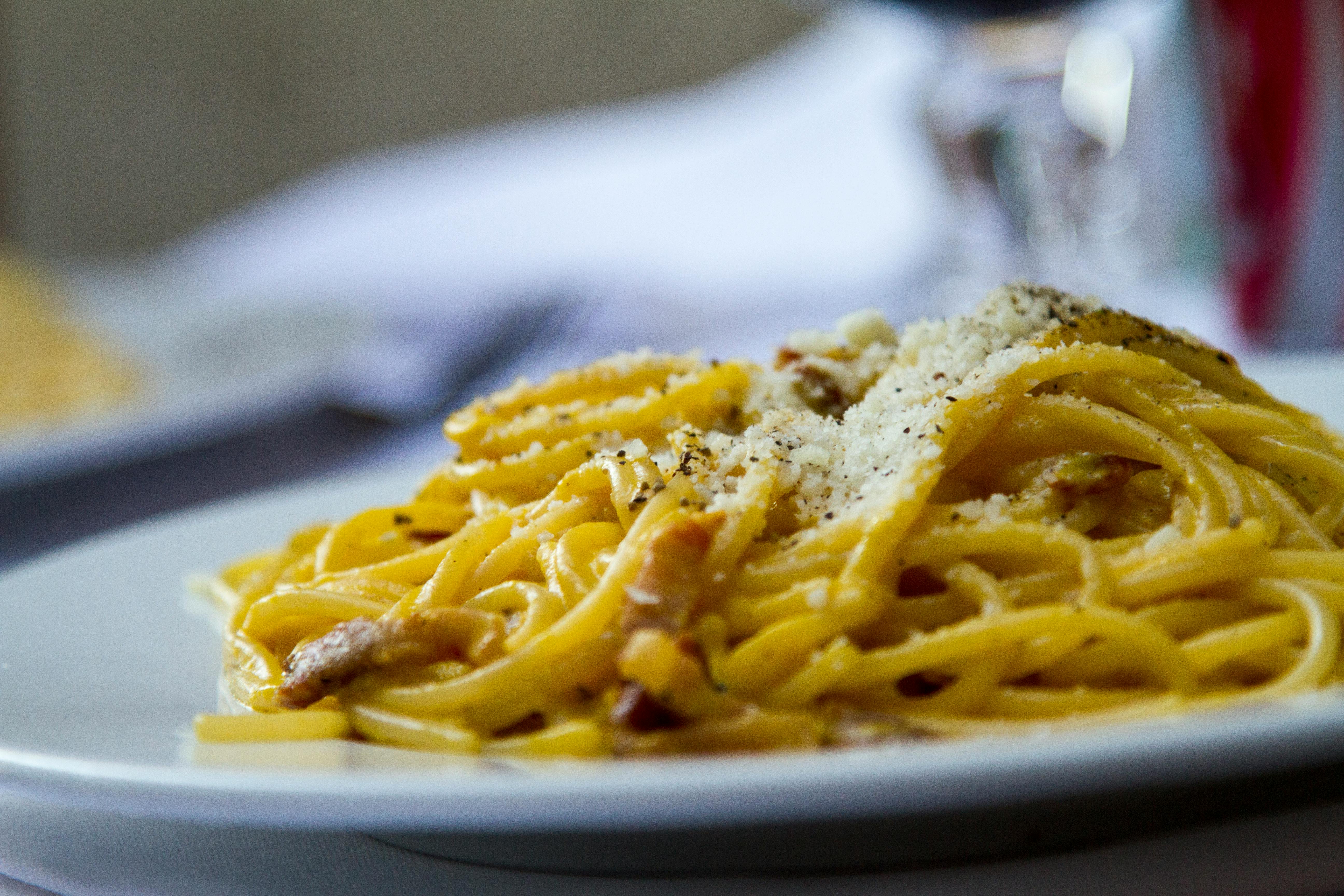Top 5 Ways to Optimize 28 Grams for Modern Health Benefits
In the world of culinary arts, understanding measurements, particularly weight measurements, is essential for achieving accurate results and ensuring nutritional balance. The concept of 28 grams, equivalent to 1 ounce, serves as a vital reference in cooking ingredients, aiding cooks and meal planners in maintaining portion control and adhering to dietary guidelines. By optimizing 28 grams, you can achieve significant health benefits, improve your cooking techniques, and adhere to nutritional value-relevant goals. This article explores the top five ways you can effectively utilize the measurement of 28 grams to enhance not only your culinary practice but also your overall well-being. We'll cover everything from ingredient ratios and recipe adjustments to practical cooking tips and the relevance of portion sizes in meal planning.
Understanding the Importance of 28 Grams in Cooking
Building on the fundamentals of weight and measurement, 28 grams stands at the heart of accurate cooking and nutritional management. Most recipes call for specific ingredient weights to ensure ideal flavor and texture. When you measure ingredients using 28 grams, you're aligning with common nutritional values and calorie content that can enhance your meal planning and dietary restrictions.
Defining 28 Grams in Context
28 grams is a standard weight unit equal to 1 ounce, which is widely used in recipes, nutrition labels, and ingredient packaging. Understanding how to translate 28 grams into familiar servings empowers home cooks to better gauge their food intake and ensure proper serving sizes. This knowledge is key when navigating dietary recommendations for weight management and portion control.
Practical Examples of 28 Grams in Daily Cooking
To grasp its practical application, consider how 28 grams comes into play with common ingredients:
- Nuts and Seeds: 28 grams of almonds equates to approximately 23 nuts, offering a healthy serving full of protein and healthy fats.
- Grains: 28 grams of dried pasta will yield about 1 serving when cooked, perfect for meal preparation.
- Herbs and Spices: When a recipe calls for 28 grams of fresh basil, this translates to about 1 cup chopped, ensuring that your dishes retain their aromatic qualities.
Caloric Content and Nutritional Value
Tracking the caloric content associated with 28 grams of various foods can significantly impact your health objectives. For instance, 28 grams of chicken breast provides roughly 42 calories and a substantial amount of protein, essential for muscle maintenance in a balanced diet. Consequently, by understanding the nutritional value tied to weight measurements, meal planners can construct balanced meals that adhere to their specific dietary restrictions.
Integrating 28 Grams into Portion Control Strategies
Employing portion control is fundamental in preventing overeating. By using 28 grams as a benchmark, individuals can develop an awareness of serving sizes while cooking and meal prepping, ultimately assisting in calorie tracking and dietary adherence. For example, when preparing snacks, recognizing that 28 grams of cheese can yield about 100 fewer calories than a larger serving can motivate healthier choices.
Culinary Uses of 28 Grams in Recipe Creation
When cooking for health, leveraging the precision of 28 grams can facilitate recipe creation and ingredient substitutions. Whether baking or preparing meals, using a kitchen scale to measure out 28 grams aids in achieving consistent results while adhering to macro and micronutrients. By integrating these measurements, healthy eating habits become easier to manage, creating a clear path toward dietary success.
Techniques for Accurate Weight Measurement and Cooking
With these basics established, let’s delve into techniques and tips for accurately measuring 28 grams in your kitchen. Understanding the tools and methods for weight measurement can elevate your cooking, ensuring perfectly balanced meals every time.
Utilizing Kitchen Scales Effectively
One of the most indispensable tools when cooking is the kitchen scale. A reliable scale ensures accurate measurements in grams, allowing for precise recipe adherence. To measure 28 grams accurately, place the ingredient in a bowl or container on the scale and zero out (or tare) the weight. This simple step makes it easier to achieve accurate food portioning, which is crucial for healthy eating.
Understanding Measurement Conversions
Converting grams to ounces or pounds can simplify meal prepping and recipe adjustments. For those unfamiliar with the conversions, remember that 28 grams is roughly equal to 1 ounce, and 453.59 grams equals 1 pound. This knowledge helps those tracking their food intake as part of their dietary goals, simplifying calorie counting and serving calculations.
Implementing High-Precision Cooking Techniques
Cooking with high precision doesn't just focus on the right amount of ingredients but also on cooking methods that maintain nutritional integrity. For instance, using steaming or baking rather than frying can optimize the health benefits of your dishes, especially when measuring out ingredients using 28 grams as a guide.
Practical Cooking Tips for Portion Control
Portion control strategies are enhanced when utilizing 28 grams. Here are some practical cooking tips to keep in mind:
- Measure your ingredients before cooking to avoid guesswork later on.
- When shopping, familiarizing yourself with food packaging can help assess and understand dietary portions better.
- Maintain a food diary to track the measurements of foods consumed, using 28 grams as a standard for many items.
Mastering Recipe Adjustments for a Balanced Diet
To achieve balanced meals, knowing how to adjust recipes based on weight measurements—including the use of 28 grams—becomes pivotal. Whether it's scaling up for larger servings or down for a more modest meal size, recognizing ingredient ratios in relation to weight helps maintain nutritional value while accommodating dietary restrictions.
Optimizing Health Benefits through Weight Tracking
Following this approach leads us to the health benefits derived from optimizing meal components through fine-tuned weight tracking. Accurately measuring food portions not only supports dietary guidelines but can also dramatically improve health outcomes.
Connecting Weight Measurements to Nutritional Needs
By recognizing how 28 grams translates to various nutrients, individuals managing their calorie content and macro intake can make informed decisions. For instance, consuming 28 grams of high-fiber legumes may fulfill part of your daily nutritional needs while promoting digestive health.
Using Calorie Tracking Apps Effectively
The rise in food tracking apps offers a pathway to monitor your daily intake accurately. These tools often allow users to input weight measurements (such as 28 grams), automatically calculating nutritional value, calorie content, and macro ratios, facilitating meal planning and dietary goals.
Embracing Healthy Cooking for Weight Loss
Incorporating 28 grams into weight-loss recipes encourages healthier cooking practices. By understanding ingredient weights, dieters can craft meals that support calorie deficits while still enjoying flavorful dishes. Utilizing herbs, spices, and low-calorie alternatives measured at 28 grams can create delicious, satisfying meals without compromising dietary guidelines.
Nutrition Education and Awareness
Educating oneself on the nutritional facts tied to serving sizes and weight measurements fosters a greater awareness of what is consumed. By embracing this knowledge, individuals can start establishing stronger connections with their food choices, empowering them to make healthier decisions related to their dietary habits.
Portion Awareness and Healthy Eating Habits
Heightened portion awareness, driven by precise measurements like 28 grams, significantly contributes to sustainable healthy eating habits. By repeatedly measuring food servings and adjusting ingredient quantities, individuals learn to develop their internal gauge for hunger cues and portion sizes.
Engaging in Meal Planning with Accurate Measurements
In transitioning into meal planning, understanding how weights and measurements correlate with health and portion control becomes invaluable. Proper serving sizes act as foundational elements in achieving dietary balance and promoting overall wellness.
Implementing Meal Prep Strategies
Meal prep, when coupled with the use of accurate measurements like 28 grams, allows for strategic planning of meals throughout the week. Preparing portioned servings in advance streamlines the cooking process, making it easier to stick to dietary guidelines while efficiently utilizing cooking ingredients.
Recipe Portioning Techniques
Using 28 grams in recipe portioning not only allows for nutritional accuracy but also ensures each meal aligns with taste preferences and dietary guidelines. Creating a plan based on ingredient weights ensures recipes cater to individual needs and preferences, enhancing culinary satisfaction.
Batch Cooking for Balanced Meals
Batch cooking, the practice of preparing large volumes of food at once, can leverage the precision of 28 grams to maintain nutritional balance across meals. Ensuring that ingredients maintain their healthy properties—through proper weight and measurement—ensures even growth in nutritional value across various dishes.
Adjusting Recipes for Dietary Needs
When accommodating dietary restrictions or preferences, measuring ingredients accurately with an emphasis on 28 grams helps individuals make informed substitutions. This adaptability aids in creating balanced meals while keeping calorie intake in check.
Maintaining Healthy Cooking Habits Over Time
Consistency remains the hallmark of healthy eating. By incorporating 28 grams into routine cooking practices, individuals can sustain healthful habits without feeling overwhelmed. This continual measurement fosters growth in understanding nutritional needs and sharpens culinary skills.
Frequently Asked Questions About 28 Grams in Cooking
What is the significance of 28 grams in cooking?
28 grams is equivalent to 1 ounce and serves as a standard measurement that helps in achieving accurate recipes and maintaining proper serving sizes for healthy eating.
How can I ensure accurate measurements of 28 grams in my kitchen?
Utilizing a kitchen scale is the most effective way to ensure accurate measurements. Taring the scale before adding ingredients can help you maintain precision in your cooking.
Why is portion control important when cooking?
Portion control is crucial for preventing overeating, adhering to dietary guidelines, and managing calorie intake, ultimately leading to improved nutrition and overall health.
Are there specific foods that are best measured using 28 grams?
Many foods benefit from being measured at 28 grams, especially high-calorie or high-fat items such as nuts, seeds, or proteins, which can significantly affect health if consumed in excess.
How can tracking my food portions help with weight loss?
Tracking food portions helps individuals maintain awareness of their dietary intake, supports healthier eating habits, and assists in managing weight by promoting balanced meals based on accurate measurements.


